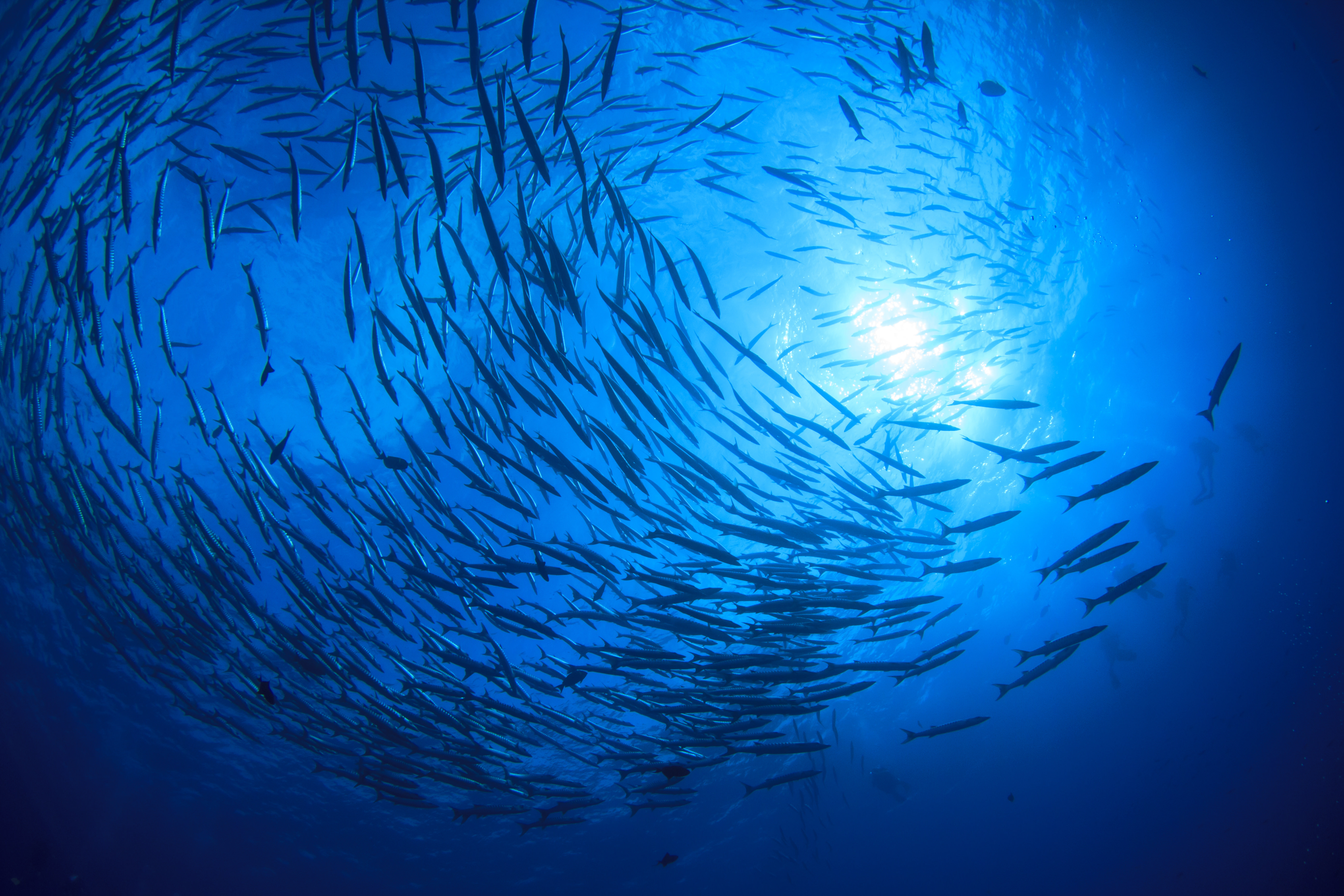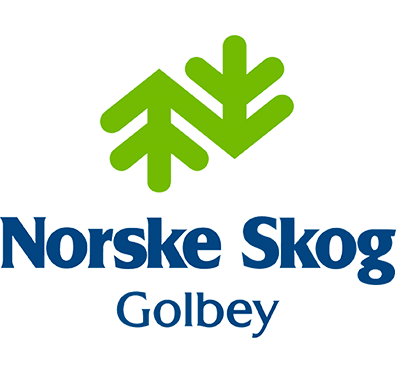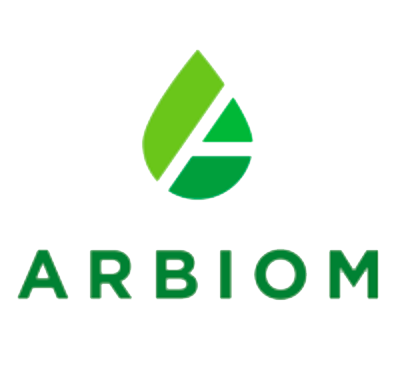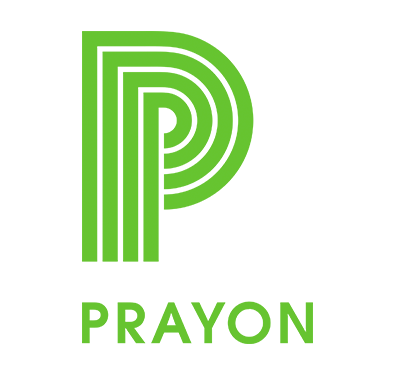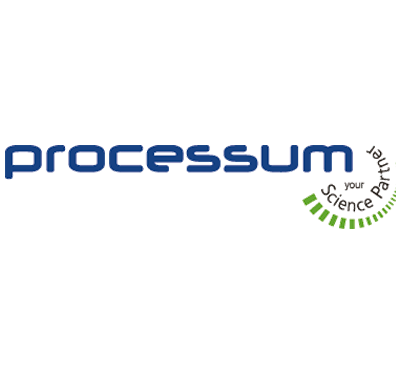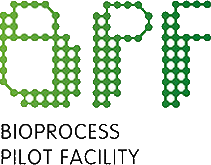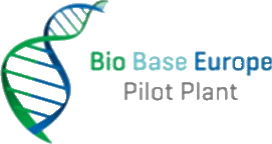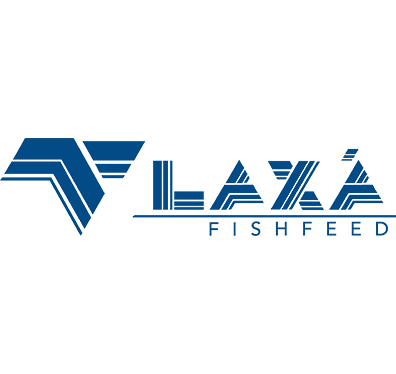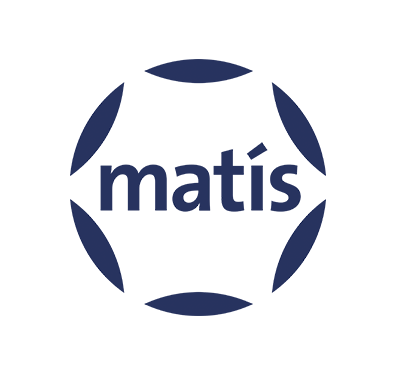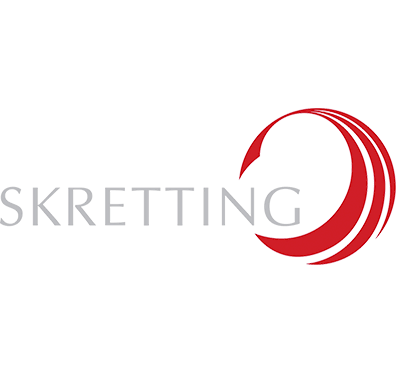SYLFEED creates a new value chain that bridge the gap between the wood industry and the fish feed industry.
To demonstrate the efficiency of this new value chain, SYLFEED integrates a consortium of 10 partners and leverage their expertise in Wood sourcing, scaling-up of fractionation and bioconversion technologies, and fish feed manufacturing and testing.


